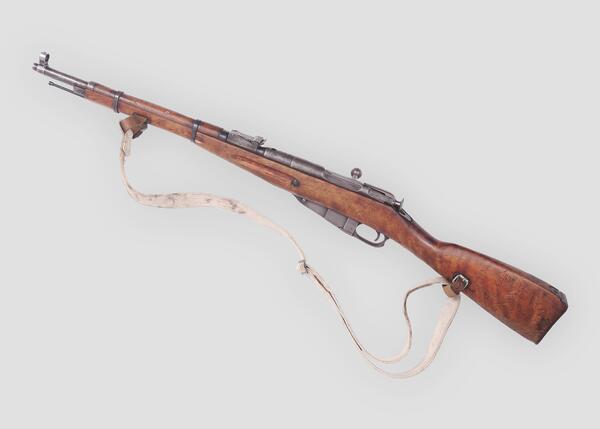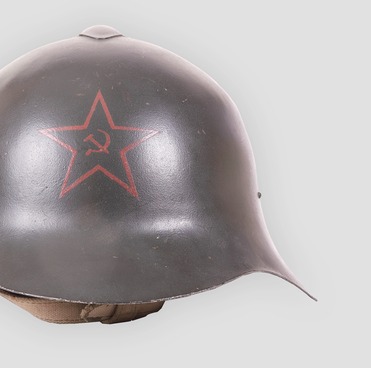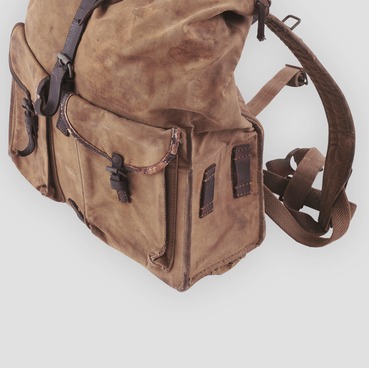The 1938 model Mosin-Nagant carbines (KM-38) served with the auxiliary forces of the Red Army. They were produced during the Great Patriotic War and in 1944 were replaced with a new 1944 model of the carbine.
The 1891 model Mosin-Nagant received new variants in the early 1900s. Later, a carbine of the 1907 model was adopted as a lightweight version for some branches of the armed forces. The carbines were structurally the same rifles, only much shorter, and they were also not equipped with a bayonet. In practice, this led to the weapon being lighter, however, with constant firing, the carbines heated up faster, and the accuracy and precision of shooting were worse than that of the rifle.
By the mid-1930s, with the development of the army structure and the army’s growth in both quantity and quality, it became clear that supplying auxiliary branches of the armed forces with infantry rifles was not very reasonable. Signalmen, sappers and engineers did not need to take the enemy head-on and the addition of the rifle was a considerable inconvenience to those who already had to carry regiment-specific equipment. The old carbines were few and technically outdated. To top it all off, the weapons required standardization. For this reason, the Mosin-Nagant carbine system was developed in 1938. It was basically a copy of the 1930 modernization of the 1891 model Mosin-Nagant rifle, only much shorter and, like the 1907 model carbine, it had no bayonet.
New carbines were sent to technical and other special branches of the armed forces but in practice not everybody received theirs. This was due to the production of conventional infantry rifles being prioritized. With the beginning of the Great Patriotic War, the production of carbines decreased but did not stop. Auxiliary branches of the armed forces were supplied not only with carbines but also with rifles, as well as semi-automatic rifles and submachine guns.
In 1944, a new version of the carbine was introduced, which was fitted with a folding bayonet. Despite the cessation of production, the KM-38 was used after the war during the early years of the existence of the German Democratic Republic; and in other countries of Eastern Europe and the Middle East.


